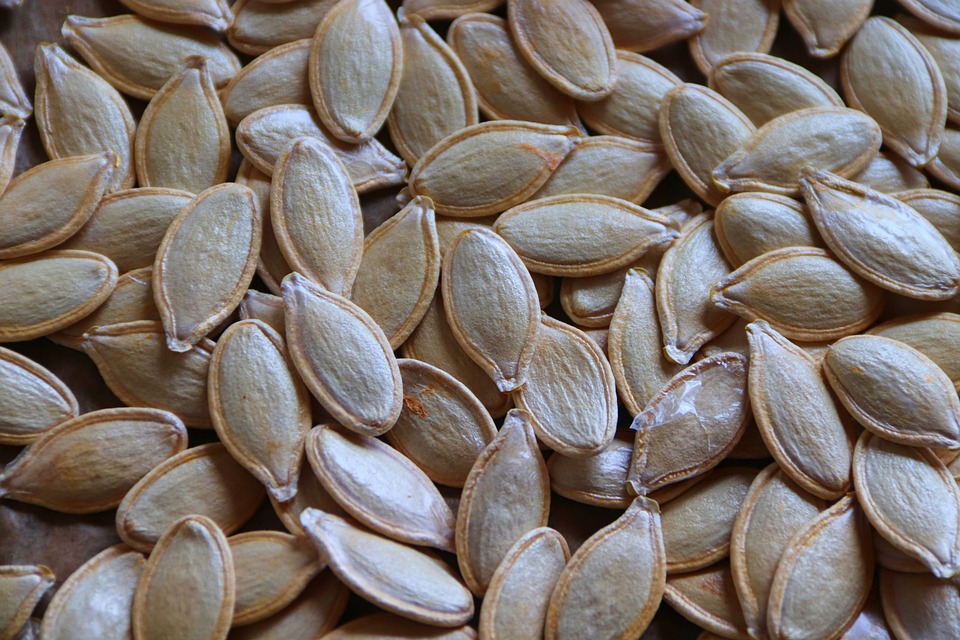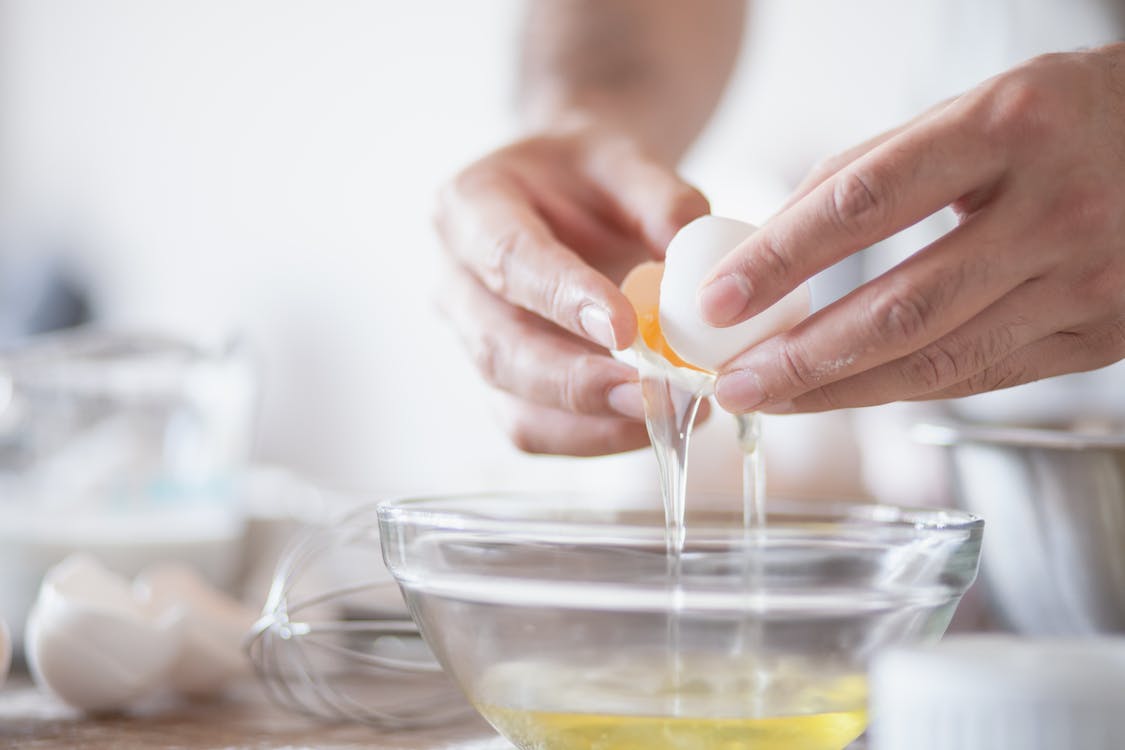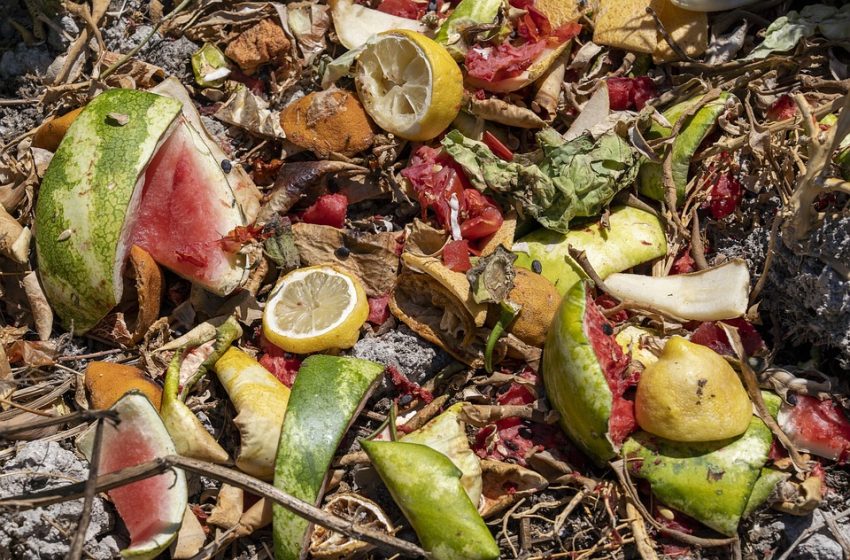There is no shortage of tips on how to achieve zero food waste. Organize your menus weekly, draw up a shopping list in advance, transform leftovers, and cook the peelings… All aim to reduce waste and take full advantage of all the nutrients in food. However, some parts of fruits and vegetables are not very well used. How can they be given a different fate than the composter or the trash can? Focus on 8 food wastes that are rarely reused and our ideas to avoid wasting anything.
Changing how we deal with food daily helps us fight against the overconsumption of resources and the loss of foodstuffs, representing about 30 kilos of food in the garbage can per person yearly. Recycling a lot of food waste is possible to limit the amount of household waste even more. But to do so, it is necessary to favor organic food, local and seasonal at the most, to benefit from vitamins while avoiding pesticides.
1. The skin of pineapples
Hard and rough, you can hardly imagine being able to transform the skin of pineapples. However, you will obtain a delicious syrup by adding brown sugar, a vanilla bean, 500 ml of water, and the juice of a lime. Bring to a boil and reduce for 15 minutes. Your pineapple peel syrup will be perfect for soaking a cake or topping a fruit salad.
And you can even recover the small foliage above the fruit to make a beautiful green plant and a new pineapple (with a lot of patience).
2. Cherry tails and pits
You may be familiar with dry, hot water bottles made from cherry pits. You can reuse the cherry pits and even the stems after making a delicious clafoutis.
Make an herbal tea for intestinal transit with the cherry stalks. Let 4 tablespoons of cherry stems steep for about 5 minutes in 50 cl of hot water. Then remove the stems before tasting this draining and detoxifying drink.
Use the washed and dried cherry pits for gardening by placing them at the bottom of plant pots to get the same effect as clay balls.
3. Pumpkin seeds

Pumpkin seeds are quick and easy to prepare rather than throwing them away. Simply put them in the oven with a bit of butter and salt. Once they are golden, they are perfect as an appetizer. A version without salt is also great for breakfast yum-yum.
Pumpkin seeds are very rich in minerals: iron, calcium, magnesium, and potassium. They are high in protein and vitamin A and known for their role in regulating cholesterol and their anti-fatigue effect.
4. Pea pods
Mixed and accompanied by a few ingredients and herbs, pea pods are delicious in purées, soups, or sauces for pasta.
Pea and bean pods can also be prepared in a Provençal style pan or stuffed.
5. Radish and beet tops
Carrot tops are very popular. But you can do the same with radish or beet tops. These vegetables are usually eaten only for their roots. However, the tops are also full of vitamins and can be used in your recipes to replace spinach shoots. Raw in a salad, cooked as a soup, in an omelet, a quiche, or a gratin, and even as the main ingredient of a delicious homemade pesto.
6. Broccoli cores
This green vegetable is appreciated for its small florets, which can be eaten raw as an appetizer or steamed. Very often, the stems and stalks of broccoli end up in the compost bin or the garbage. Yet they also contain a great source of fiber and minerals. Broccoli cores can be eaten cooked in thin strips or incorporated into a flan.
7. Separate egg white and yolk

For your sweet or savory recipes, sometimes you only need one egg white, other times only one yolk. What do you do with the other part? Instead of ending up in the sink, reuse the leftover egg white as a natural cosmetic!
Egg white as a mask for blackheads
Apply the egg white directly to the face, then place small pieces of tissue on top, following the skin’s contours. Leave it on for about 15 minutes.
Egg yolk as a moisturizer for the tips
Egg yolk has highly nutritious properties. It is perfect for dry and damaged hair. Simply beat the egg yolk alone or add oil to it. Brush it on the lengths and ends and leave it for about 15 minutes. After rinsing, you will notice an incomparable softness effect.
8. Cooking water
The fight against wasting resources can be done at all levels. Even if cooking water does not increase the volume of the garbage, it can easily be reused and recycled.
Vegetable cooking water can be used as fertilizer for plants.
Rice cooking water is recognized for its virtues in case of intestinal disorders, but it is also an excellent hair care thanks to the starch that makes the hair shine.
Pasta cooking water is very effective against weeds.
And potato cooking water is an excellent degreaser.
But that’s not all! The rind of watermelons can be used to make condiments. Turnip and cauliflower leaves can also be eaten raw or cooked. Eggshells can be used to make chalk…
What do you think of it?

